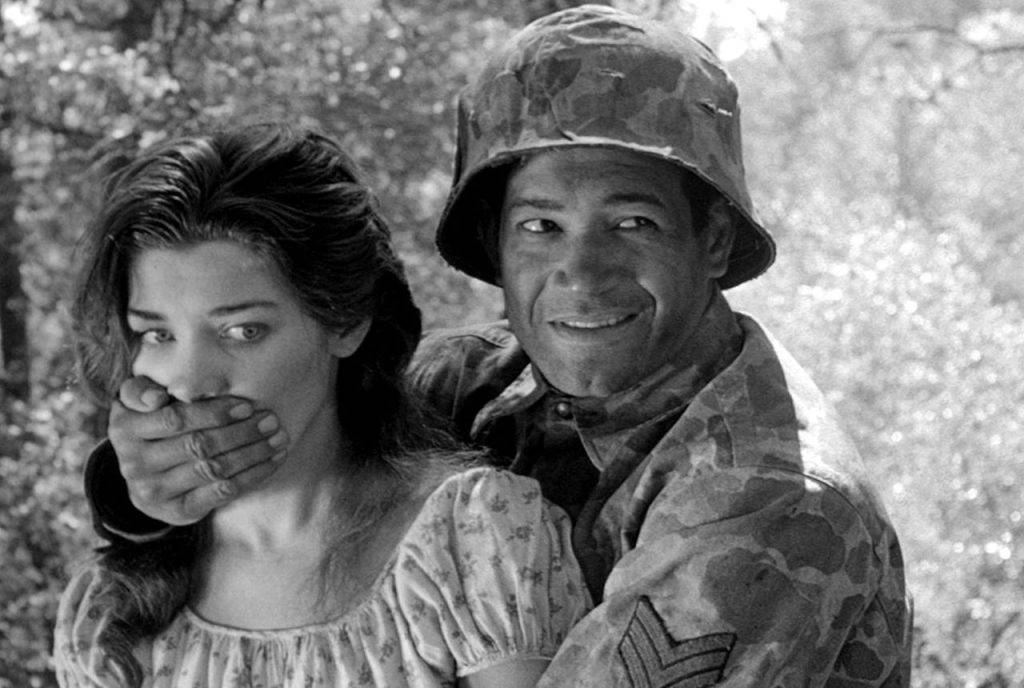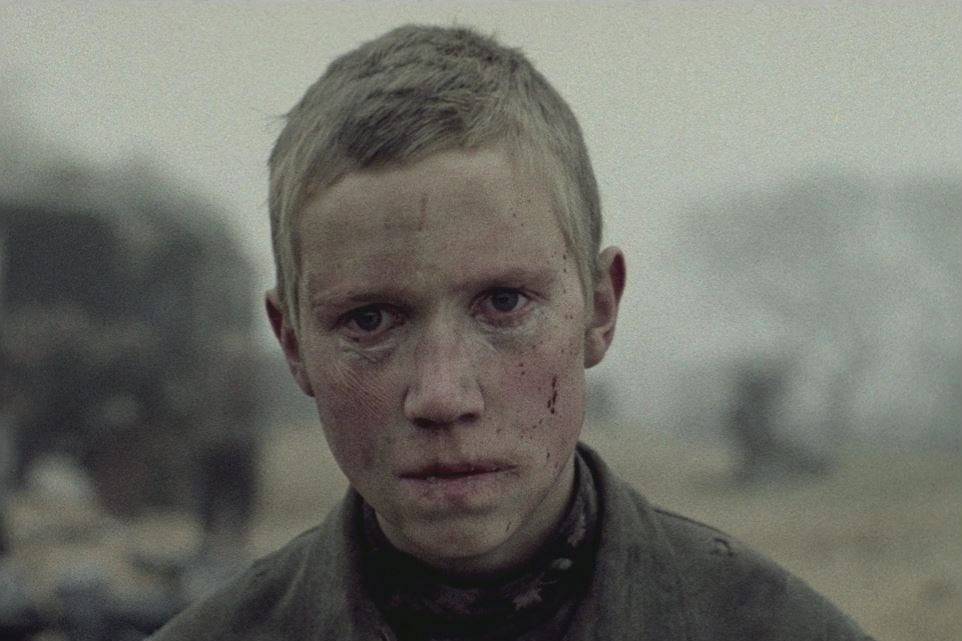
Elmo Nüganen’s 1944 is a brutal, beautifully shot, and emotionally complex portrayal of Estonia’s darkest hour—when its sons were conscripted to fight on both sides of a war that wasn’t theirs. Set during the summer and autumn of 1944, the film follows two Estonian soldiers: Karl Tammik, fighting in the Waffen-SS under German command, and Jüri Jõgi, serving in the Red Army’s Estonian Rifle Corps. Both are conscripts. Both are reluctant. Both are pawns in a geopolitical nightmare.
The film opens with the Battle of the Tannenberg Line (Sinimäed Hills), where Estonians in German uniform are overrun by Soviet forces—many of whom are also Estonian. The horror is not just in the violence, but in the realisation that this is a civil war in all but name.
Rolled over. Again. And Again.
In 1940, the Soviet Union occupied Estonia following the Molotov–Ribbentrop Pact. The annexation was swift and illegal. Within months, political purges began. Thousands of Estonian military officers, politicians, and intellectuals were deported to Siberia. June 1941 saw the first mass deportations: around 10,000 Estonians — men, women, and children — were packed into cattle cars and sent east. Many perished.
Some Estonians, seeing the Soviets as the immediate threat, fled or were absorbed into the Red Army as it retreated ahead of the German invasion.
When the Germans arrived in July 1941, many Estonians initially welcomed them — not as liberators, but as the lesser evil. That illusion shattered quickly. Estonia was folded into the German Reichskommissariat Ostland. The Holocaust was executed with brutal efficiency: nearly all of Estonia’s Jewish population, less than 1,000, who hadn’t escaped with the Soviets were murdered by the Nazis and local collaborators. Forced labour, suppression, and executions continued. Some Estonians were conscripted into German-controlled units, notably the 20th Waffen Grenadier Division of the SS (1st Estonian) — not out of allegiance to Hitler, but from anti-Soviet desperation.
The Red Army returned in 1944. For many Estonians, this wasn’t liberation — it was a returning nightmare. The Stalinist regime reimposed terror: Mass deportations resumed, particularly in 1949, the “March deportations”, when another 20,000 Estonians were shipped to Siberia. Estimated 10 per cent of Estonia’s population was either killed, imprisoned, or deported during Soviet rule. The Estonian language was suppressed, Russian immigration was incentivised, and the KGB watched everything.
Many Estonian men, refusing to serve either empire, fled to the woods. Known as the Forest Brothers, these partisans waged a guerrilla war against the Soviets well into the 1950s.
Estonians Killing Each Other
1944 does not attempt to cover this entire history in detail — but it carries its ghost in every frame. The film shows Estonians killing each other not out of ideology, but circumstance. One wears a German uniform; the other a Soviet one. Neither truly belongs to the cause he’s killing for.
What’s exceptional is the film’s moral clarity: no one wins. Both regimes — Nazi Germany and Stalinist USSR — are cast as destructive, foreign occupiers. The film refuses to endorse one side over the other. It understands the deep trauma of being a small nation forced to choose between two tyrannies, neither of which leave room for dignity, democracy, or survival without compromise.
The tragedy of Estonia, and of the Baltics more broadly, is not just in the battles fought — it’s in the people lost to deportations, gulags, gas chambers, and partisan warfare. 1944 does not show all of this, but it feels it. It captures the psychological torment of conscripts, families torn apart, and the despair of a nation without agency.
Gritty and Realistic Combat Scenes
Nüganen’s direction is restrained but effective. The combat scenes are gritty and realistic, with no Hollywood heroics. The cinematography captures the bleakness of the Estonian landscape, mirroring the moral ambiguity of the characters’ choices.
1944 offers a meticulous depiction of warfare. The film features authentic uniforms, weaponry, and tactics of the period. The use of actual T-34 tanks, borrowed from Finnish and Estonian museums, adds to the authenticity. The battle scenes are chaotic and claustrophobic, reflecting the confusion and terror of close-quarters combat.
The film also delves into the psychological toll of war. Soldiers on both sides grapple with guilt, fear, and the moral complexity of fighting fellow countrymen. There are no clear heroes or villains—just individuals trying to survive an impossible situation.
1944 is a compelling exploration of a nation torn apart by external forces and internal conflicts. It’s a film that challenges viewers to consider the complexities of war, identity, and survival.



